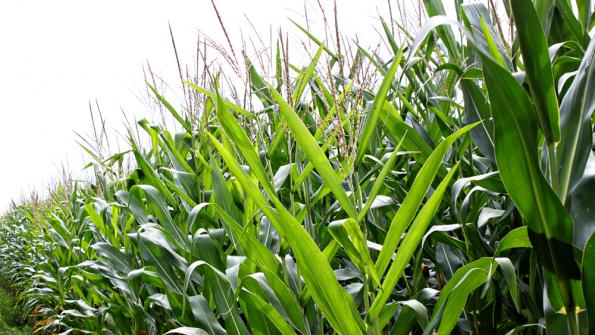July 20, 2012

The Springfield Regional Office of the Risk Management Agency (RMA) released a fact sheet entitled "Crop Insurance During a Drought." This publication covers the following topics: notification of drought loss, appraisal of drought loss, and frequently asked questions. Copies of the publication are available here. Other RMA publications/fact sheets are available here. For your convenience, the "Crop Insurance During a Drought" fact sheet is reproduced below.
Notification of Drought Loss
Producers who think they have a crop loss need to:
1. Notify their agent within 72 hours of the discovery of damage. A notice of loss can be made by phone or in person. Although drought loss is not immediate, producers should contact their agent as soon as they feel a loss is present.
2. Continue to care for the crop and protect it from further damage, if possible.
3. Get permission from the company before destroying or putting any of the crop to an alternative use.
Appraisal of drought loss
The company will appraise the crop and assess the loss. Producers must maintain the crop until the appraisal is complete. If the company cannot make an accurate appraisal, or the producer disagrees with the appraisal, the company can have the producer leave representative sample areas. Representative sample areas of the crop are to be maintained — including normal spraying and tillage — until the company conducts a final inspection. Failure to maintain the representative sample areas could result in a determination that the cause of loss is not covered. Therefore, no claims payment is due to the producer.
Once appraised, the crop can be released by the company to be:
1. Destroyed — through tillage, shredding or chemical means; or
2. Used as silage or feed — See FAQ below.
Frequently Asked Questions
Q: Once released, may I harvest my corn as silage or feed?
A: Check with your crop insurance agent. In a county where corn can be insured as grain only, the corn can be released, or harvested as silage and/or sold as feed. Any grain will be counted as production for your claim. In a county where corn can be insured as silage, the harvested silage will be counted as production.
Q: Can I plant and insure soybeans after my failed corn crop has been appraised and released?
A: Check with your crop insurance agent. Soybeans following corn is generally not a recognized cropping practice and the soybeans cannot be insured unless agricultural experts indicate it would be a recognized good farming practice.
Q: Can I plant a crop following soybeans that failed to emerge?
A: Check with your crop insurance agent. The soybean crop cannot be appraised until 8 days after the late planting period (or final planting date if no late planting period applies). The soybean crop must also have been planted 15 days prior to appraisal. The original seedbed must be destroyed (tilled) before the claim can be finalized and the next crop planted.
Q: Will there be enough money to pay claims this year?
A: RMA evaluates the financial stability of the insurance companies every year to ensure they have the capacity (funds) to meet their obligations.
You May Also Like




